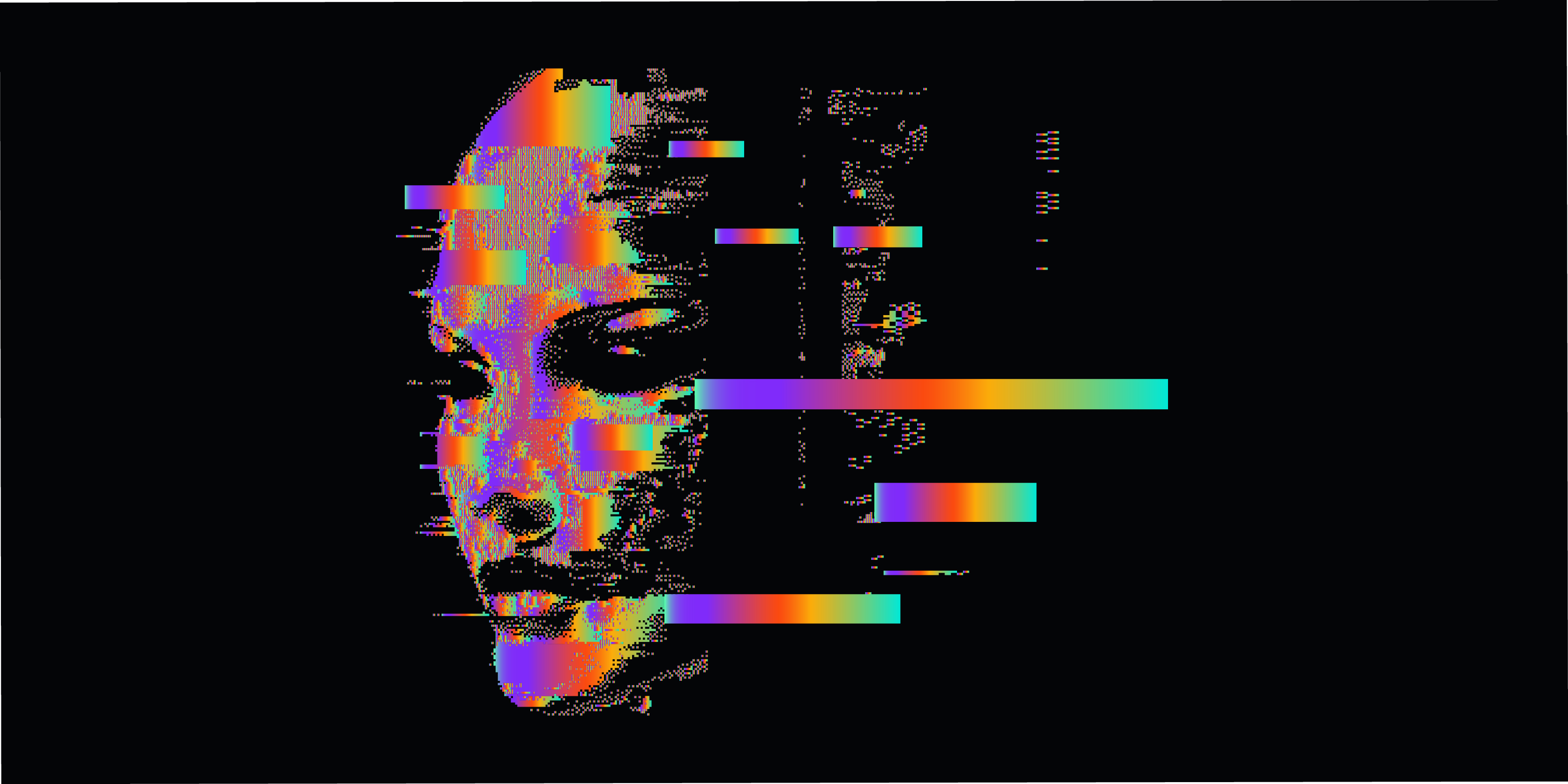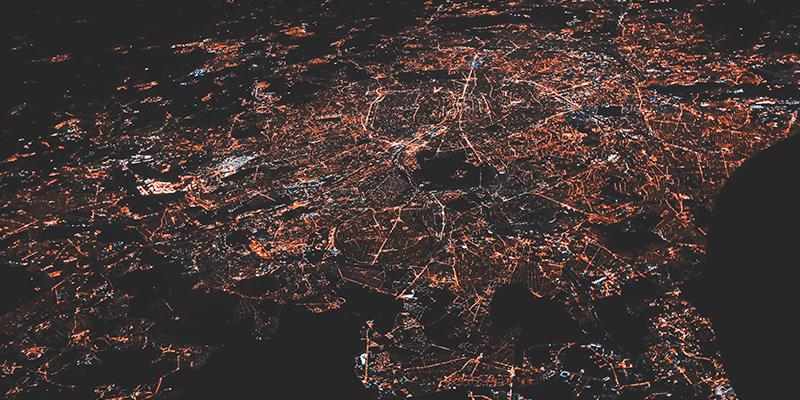Technology in the Time of Covid-19

Technology in the Time of Covid-19
There’s nothing like a crisis to make the impossible possible. In a matter of weeks, life as we knew it came to a screeching halt. The unthinkable happened. In March 2020, schools, shops, restaurants, cafes and museums around the world closed. Public gatherings were forbidden. Millions of people were out of work. Cities became so deserted that wild animals started roaming usually busy streets. Governments were doling out some of the most generous economic stimulus packages ever, skirting along the edges of a common basic income – unthinkable among Western liberal democracies.
The things we took for granted suddenly became extremely valuable. Our reflexes, such as “let’s meet for a coffee”, became meaningless. And we all learned, without any rehearsal, to be confined at home, where all facets of life would carry on in a small space. From there, we learnt to work, go to school, take care of the kids, cook meals, entertain, play, and primarily live indoors, socially cut off. People were faced with a steep learning curve around the use of technology. Those who had never taken their work computer home were suddenly forced to learn to use videoconferencing technology. Remote teaching and learning turned from a societal debate to reality, and “social distancing” became a common term. In many ways, we were piloting the plane as we were learning how to fly it.
And then I noticed something new. I noticed that people were started using the internet in a very different manner than before the crisis. People were actually talking on their phones. For anyone over 30, this might seem obvious, but the advent of the smartphone reduced voice communication to an ancillary function of the phone, replaced with texting, instant messaging, and emojis. Videoconferencing boomed, leaving the professional environment and entering homes in no time. “You’re on mute” became one of the most often spoken phrases, and “Zooming” became a verb (as indeed did “Zoom bombing”, a variation on “photo bombing”, where people “gate-crash” video conferences, often with malicious intent).
During this time of confinement, I have been astounded by the creativity of my fellow citizens in their use of technology. Virtual concerts have mushroomed everywhere, and, in a few cases, whole professional orchestras have played on videoconferencing software, with each player confined to their home and appearing in a mosaic of onscreen vignettes. On 15th March, a virtual rave lasting nine hours was streamed from an empty New York warehouse to 5,000 guests around the world, including in Berlin and Seattle. On 18th April, Global Citizen organised an eight-hour webcast of big-name artists such as Lady Gaga, Stevie Wonder, Paul McCartney, Billie Eilish, the Rolling Stones, Elton John and many more performing from their own homes. (Just watching the Rolling Stones perform from each artist’s own living room was emblematic of how far we’ve come). The concert was viewed 23 million times around the world.
Friends are meeting for drinks virtually, and co-workers for happy hour, sometimes with over 30 participants in different countries. Virtual pub quizzes entertain friends. Online social gatherings have turned into meditative sessions: An Instagrammer has streamed a live flute meditation on her account to help 40 viewers deal with stress and anxiety during the pandemic. Virtual yoga and training are available for anyone who can no longer go to the gym. Alcoholics Anonymous hold virtual meetings, understanding that isolation is often a route to relapse. And many religious services and ceremonies have been held online, including Pope Francis’ Easter Mass (which offered an incredible sight of a church empty of its congregation).
There are many more diverse acts of solidarity enabled by technology. Collaborative websites that bring together potential helpers (for example, those able to shop for elders) with those in need have sprouted up all over the place. Virtual hackathons have been organised in several countries that tapped into collective wisdom to tackle health crises with innovative solutions. In Switzerland alone, there were 4,500 participants who worked for over 48 hours to come up with 263 projects during the weekend of 4th-5th April. These are successful grassroots efforts set up by concerned citizens in very little time.
All of this has made me take a step back and contemplate: are people using technology in a positive way? In these days of quarantine, confinement and isolation, is technology actually pulling down physical barriers, bringing people together, rather than pushing them apart (as was the common wisdom)? We used to worry that our kids spend too much time on screens and had forgotten how to socialise in the physical world, but now they do all their schooling online. With self-isolation of vulnerable populations such as the elderly and those with disabilities, videoconferencing has been a godsend. Everyone has a story of a grandparent learning to use a tablet and Skype for the first time, after having resisted for so long. Technology has not replaced hugging their grandchildren, but it definitely made life a tad more bearable.
Beyond social media and the internet in general, technology is also being used in the fight to reduce the spread of the pandemic by tracing infections, helping to isolate cases as well as potential cases. Singapore, for example, has developed an application called TraceTogether, which allows phones to exchange Bluetooth signals when their users are near one another, and are able to warn users of proximity to an infected person. Many Western countries are coordinating development of similar applications. Even arch nemeses Google and Apple overcame their fierce rivalry to collaborate on a similar application.
Clearly, any surveillance techniques are riddled with ethical questions around privacy. But the life-saving and pandemic-slowing capabilities of these techniques are also not negligible, and it would be remiss of governments not to at least consider them. This, of course, opens a Pandora’s box of moral quandaries. How far do we go in saving people’s lives by sacrificing privacy and civil liberties? This is a question we are struggling to answer in a definitive way. Such questions, by the way, are not new. In a very different context, the Bush administration answered them with the Patriot Act of 2001.
During the early days of the internet, there was an optimistic (and some would say naive) belief that this would be the final frontier where we would build a utopia of equality, freedom and justice. John Perry Barlow wrote a now-famous manifesto declared at Davos in 1996 that stated: “We are creating a world that all may enter without privilege or prejudice accorded by race, economic power, military force or station of birth. We are creating a world where anyone, anywhere may express his or her beliefs, no matter how singular, without fear of being coerced into silence or conformity.”
We now know that this was indeed utopia. I have been writing about the nefarious impact of technology on society and democracy for a number of years and have raised concerns about the manipulative nature of social media, the loss of critical thinking and the rise of misinformation and disinformation. I am equally concerned about the addictive nature of technology, for it is – like many addictions – insidious. So in light of the above, should we change our minds? Is technology turning out to be a positive force? Is screen time good after all? Have we stopped being manipulated? Should we stop making GAFA (Google, Apple, Facebook, Amazon) accountable?
To be sure, this crisis has not completely changed the nature of internet discourse. Let us not fool ourselves. Trolls are still roving the web, disinformation and misinformation abound, and cyber criminality has even increased. We are still being manipulated. This pandemic has also magnified societal inequalities. While many can continue to work, albeit remotely, these are the knowledge workers, not those who are forced to be physically present at their jobs. The latter are generally low-wage earners, what one writer called “the hidden inner plumbing of an affluent society”, exposing themselves to danger to ensure society’s wheels turn smoothly. Sure, e-learning has made continued education possible. But not everyone has benefited to the same extent, depending on their socio-economic demographic. However, there is also no denying that a change has occurred in the way the internet is used by society today. It is incumbent on us to analyse what happened and why. How should we interpret this change, and will it continue post-crisis?
There is something about a global crisis that pulls people together against a common (here invisible) enemy. The coronavirus makes no distinctions of national borders, gender or race. When the threat is on a planetary basis, it is no longer a case of “us vs. them”, because there is only “us”. Creativity also often flourishes in times of constraints, restrictions, and confinement (it is often reported that Shakespeare wrote King Lear during confinement at the time of the plague – would we all be so creative). What this period of confinement does tell me about our relationship with technology is that we should not throw the baby out with the bathwater. If used correctly, the internet as a tool can be a force for good. Not to overuse a cliche, a hammer is a tool that can destroy as well one that can build, depending on how it is used. It behoves us to remember Kranzberg’s First Law of Technology: “Technology is neither good nor bad; nor is it neutral.” This crisis has shown me that when people harness the internet, good can emerge.
The critical question that remains is what will happen when the crisis is behind us? How will things change? Will people succumb to old behaviours? It is said that history has shown that crises are often turning points that effect global change. There will be many lessons out of this crisis – lessons that I hope we will learn from. Everything we fought for before the pandemic is even more important now. We still need to make GAFA accountable. We still need to protect our privacy – from governments and private for-profit companies – now more than ever, as these entities acquire an even bigger role in our lives. Contact tracing takes a whole new perspective when it is used beyond the crisis period. Let us not be complacent.
But this is also an opportunity – ours to seize to ensure that technology amplifies democracy rather than stifles it. This crisis has shown all that is possible when people come together to fight a common enemy. Let us make the internet into what John Perry Barlow imagined it to be. This is our chance.
———————-
Hani Dabbagh, Geneva 29 April 2020
Disclaimer: The views, information and opinions expressed in the written publications are the authors’ own and do not necessarily reflect those shared by the Geneva Centre for Security Policy or its employees. The GCSP is not responsible for and may not always verify the accuracy of the information contained in the written publications submitted by a writer.
Dr Hani Dabbagh is a former GCSP Executive-in-Residence Fellow and Digital Transformation & Innovation Consultant. With a PhD in Electronics and Information Engineering and a career spanning 30 years within Hewlett-Packard, Hani Dabbagh has over 17 years of extensive practical experience in Digital Transformation. Follow his his blog, "Digital Ramblings."


